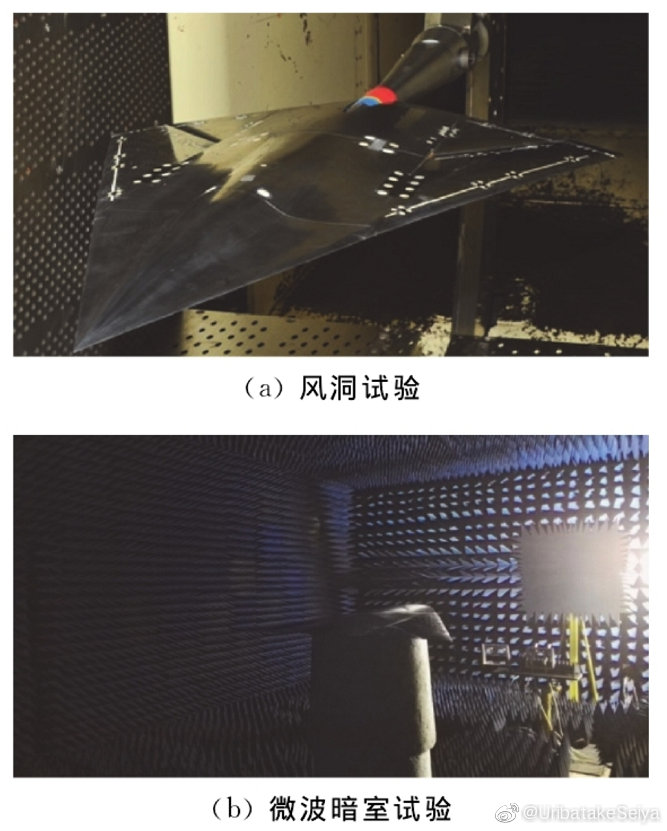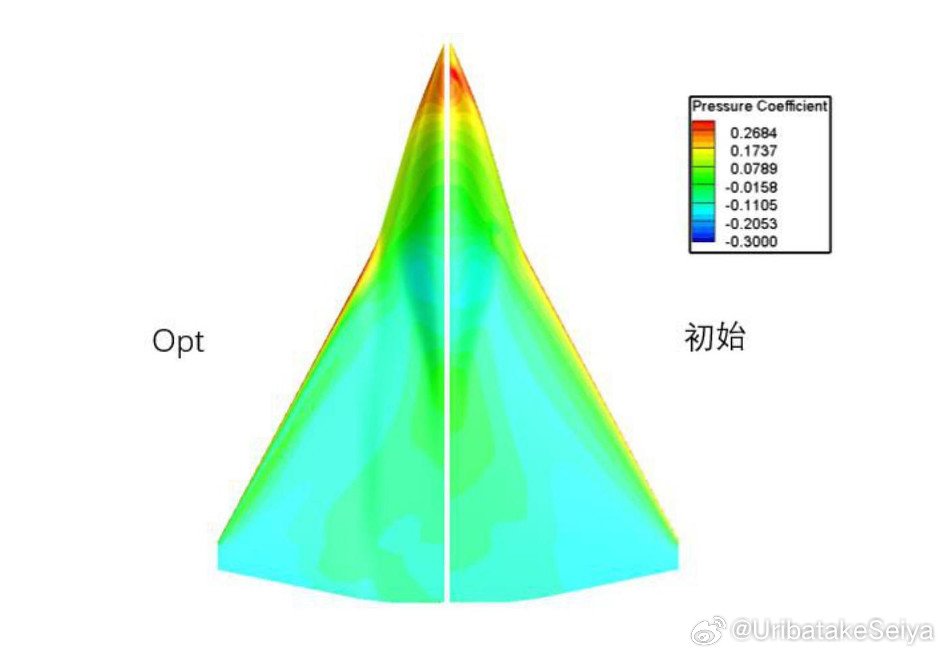You are using an out of date browser. It may not display this or other websites correctly.
You should upgrade or use an alternative browser.
You should upgrade or use an alternative browser.
"Bayraktar ***** completed 50.001 flight hours.
Bayraktar ***** completed 60.002 flight hours.."



Hope to see us have such a national hypersonic UCAV program.
BaburKhan
Contributor
- Messages
- 534
- Nation of residence
-

- Nation of origin
-




Hope to see us have such a national hypersonic UCAV program.
Where is stated that it's Hypersonic ? We would need a HGV for our ballistic Missiles like China have. But we could discuss in another Thread.
You are ranting.Who said that the provider (Turkey) and the customer (Burkina Faso) know that the satellite network is/has been manipulated by third parties?
Why are there (double) agents, spies, organizations in the world that try to outdo each other, otherwise there would be no secret services in general?
Who says that all soldiers, civil servants and the like in Burkina Faso are clean without exception and are not corrupt themselves?
And if you can't achieve it through money, then through blackmail.
The Israeli secret service operates through intermediaries in Turkey, they were arrested, and you ask me why this should happen....
Unfortunately, I don't trust Burkina Faso's secret service & security system to use Turkey's system-critical platforms while protecting Turkey's security & confidentiality.
Nobody is denying that countries are spying on each other, including Turkey. Nobody is expecting a random Turk or a customer is going to protect our systems.
You secure your critical infrastructure by having total control over it. In this case, only allow certified software to run. So any modified software will be detected since the certification/checksum will be modified.
You are also giving a random person in Burkina Faso too much credit. USA does not need anyone like that to compromise our systems. Our systems are full of western components which are easily compromised even before they reach us. what is worst, we even have no way of knowing since that hardware/software is closed source most of the time.
So what we can do is to assume that our systems are comprimised from the start and act accordingly. for example, a compromised component/software can activate constantly, randomly, on certain time/condition or on an external signal. Each of these compromises have their own solutions but it is in reality very difficult since even a single transistor/resistor can shut down a billion dollar equipment by overloading critical parts. This was what happened to the Iranian nuclear centrifuges a few years ago. Their engines were overloaded since the PLC were giving randomly errenous values.
Turkey is taking steps to overcome some of these problems. For example we produce some of our own IC but these are 120, 90 or 65nm tech which are litterally 30 year old tech so they can't be used everywhere but good enough for certain critical parts such as cryptography/communication. the time critical parts are performed on american FPGA/CPU/GPU/DSP/PLC or sensors. We are still using Microsoft Windows on a lot of critical systems. That shit is full of holes even to random kids.
“The Americans are testing unmanned F-16s
Three specially rebuilt F-16 aircraft appeared at Eglin Air Force Base. These vehicles are capable of performing autonomous flights and missions.
The aircraft are converted from used F-16 versions C and D. They belong to the VENOM-AFT program. This project aims to experiment with artificial intelligence designed to control autonomous combat vehicles that will be created as a result of the CCA (Collaborative Combat Aircraft) program."
The Russian publication "Military Review" reports this.

Three specially rebuilt F-16 aircraft appeared at Eglin Air Force Base. These vehicles are capable of performing autonomous flights and missions.
The aircraft are converted from used F-16 versions C and D. They belong to the VENOM-AFT program. This project aims to experiment with artificial intelligence designed to control autonomous combat vehicles that will be created as a result of the CCA (Collaborative Combat Aircraft) program."
The Russian publication "Military Review" reports this.
I mean are they official F-16 UAVs? you can fly an F-16 without a pilot using fly by wire.
https://www.reddit.com/r/WarCollege/comments/17o1vip
you need to read the article you post. I bolded the important parts of the article for youRemote flight control and autonomous flight using AI are two big differences, as they say in Odessa
"The aircraft are converted from used F-16 versions C and D. They belong to the VENOM-AFT program. This project aims to experiment with artificial intelligence created to control autonomous combat vehicles that will be created as a result of the CCA (Collaborative Combat Aircraft) program. It's not just about creating independent unmanned combat aircraft based on the F-16, but also about further improving the artificial brain that will one day control unmanned combat platforms.
The aircraft were transferred to the 96th Test Aviation Regiment and the 53rd Aviation Regiment, which includes, among others: three test departments, a testing and evaluation group and a computer systems department. The restored F-16s will perform autonomous and semi-autonomous flights, but they will be constantly piloted by humans, namely experienced pilots of the aforementioned test units."
1. Creating a UAV based on the F-16
2. One day comment which is they have get to the level of a UAV based platform.
3. Constantly be piloted by humans, so when they get to the level of not constant at all.
If we want a better track record of UAVs.
US
-reported cases of the F-35 self-ejecting pilots that they still have some kind of problems with the F-35s computer. What if a Polish pilot experienced the same self-ejection that happened in Florida and flies all the way to a Russian controlled Ukrainian territory or Russia itself? Ask the Russians kindly to give the F-35 back?
-Stingray drone is only for refueling with status still in the development stage.
-Phantom Ray drone last news update was in 2011.
-X-47B got cancelled or went from a strike aircraft which never fired a missile or a bomb to reconnaissance or refueling purposes
-Why are they trying to make a UAV based on a 4th generation aircraft than a 5th generation aircraft like the F-35? It makes it look like there are stilll problems with the F-35 and having it be a UAV will require more programming challenges.
-XQ-58 flew, but has not ttest fired any weapons
Russia
-Grom UAV has not flew yet which is the equivalent in medium size stealth design like the kizilelma or XQ-58
-Flying the largest stealth UAV Su-70, has its radars, modified engine from round serrated nozzles to flat nozzles, dropped bombs and fired air to air missiles, made 2nd prototype, https://tass.ru/armiya-i-opk/19813189 and a January 2024 claiming production for 2nd half this year.
-announced a drone-based version of the Su-75, and even have a patent of how cockpit modification would work for one.
Turkey
-kizilelma has been test flown. dont think it dropped bombs or fired missiles yet in test flights, all eggs in one basket with Ukraine on engines with no confirmation yet if the TF6000 will be used.
-No heavy stealth drone design yet like Su-70, BAE Taranis, Neuron or X-47B which of course require powerful engines which have to designed 1st before deciding on a heavy stealth drone design.
-Test flight for Anka-3 with Ukrainian engines so the rest is self-explanatory like the Kizilelma
Stealth drone design rankings
-US can boldly claim they test flew Heavy stealth drone and Medium stealth drone before anyone else.
-Turkey and US can boldly claim they flew Medium stealth drones before Russia.
-Russia can boldly claim they got the heaviest stealth drone design in service soon to start production on the 2nd half of 2024. And maybe get a heavy stealth supersonic design flying like the Su-75 soon based on their propositions of it.
Does anyone agree with this assessment? Turkey has a lot of ambition on stealth drone projects but what limits it is the obvious case of engines. I wonder how pressure TEI must be feeling right now? They can make the Kizilelma test fire missiles and bombs and claim they test fired missiles on bombs on a Medium stealth UAV before any other country. Personally, I think they should just ask Ukraine to give the patent design of all their engines with some cash if that would help speed up the process of their own UAV engine production.
I am thinking the reason they have not announced TEI-6000 engines or plans of making own engines for drones because.
1. The war is ongoing and maybe Ukraine can win.
2. Since they constantly initiated peace plans between Russia and Ukraine which resulted in nothing in Istanbul, maybe a secret agreement with Russia not to bomb drone engine facility there.
3. Maybe Russia can win and Turkiye will purchase those engines from Russia instead.
4. Dont want to announce their own domestic drone engine production publicly without making it look like they don't have faith in a certain side winning.
I am scratching my head on this.
1. The war is ongoing and maybe Ukraine can win.
2. Since they constantly initiated peace plans between Russia and Ukraine which resulted in nothing in Istanbul, maybe a secret agreement with Russia not to bomb drone engine facility there.
3. Maybe Russia can win and Turkiye will purchase those engines from Russia instead.
4. Dont want to announce their own domestic drone engine production publicly without making it look like they don't have faith in a certain side winning.
I am scratching my head on this.
No reason for speculation. TF6000 was quoted for both KIZILELMA and ANKA-3 by the officials, including Selçuk Bayraktar.I am thinking the reason they have not announced TEI-6000 engines or plans of making own engines for drones because.
1. The war is ongoing and maybe Ukraine can win.
2. Since they constantly initiated peace plans between Russia and Ukraine which resulted in nothing in Istanbul, maybe a secret agreement with Russia not to bomb drone engine facility there.
3. Maybe Russia can win and Turkiye will purchase those engines from Russia instead.
4. Dont want to announce their own domestic drone engine production publicly without making it look like they don't have faith in a certain side winning.
I am scratching my head on this.
--
Golden Age of Turkish Aviation
TARGET KIZILELMA
I congratulate the @TEI_TUSAS team for successfully firing Turkey's first national turbofan engine, TF6000.
ahh shit I missed that, thanks.No reason for speculation. TF6000 was quoted for both KIZILELMA and ANKA-3 by the officials, including Selçuk Bayraktar.
--
Golden Age of Turkish Aviation
TARGET KIZILELMA
I congratulate the @TEI_TUSAS team for successfully firing Turkey's first national turbofan engine, TF6000.
After a bit of research, I found out that AEI Systems that Canik acquired also made a VENOM LR without dampers, VENOM. They stated to AA that KIZILELMA is on the table, just with a variant without dampers. They actually referred to VENOM, not baseline ADEN. They told me back in IDEF'23 that ADEN isn't considered for KIZILELMA, which somewhat bamboozled me as it is a pure pain to mount a revolver cannon with dampers complicating integration structurally.
BaburKhan
Contributor
- Messages
- 534
- Nation of residence
-

- Nation of origin
-

Negotiated for;
- Joint production
- Production facility in TR with incentives and tax free exports, with all rights reserved to UKR
- Acquisition and transfer of personnel & facilities
- Demanded a cooperation to introduce marine turbines with turkish built ships
And here we are, they will likely have no factory in the near future, meanwhile TR has got alternatives and indigeneous projects to replace those who are acquired by them.
We should have never started with MS, IP engines but some middle men gonna earn their life.






